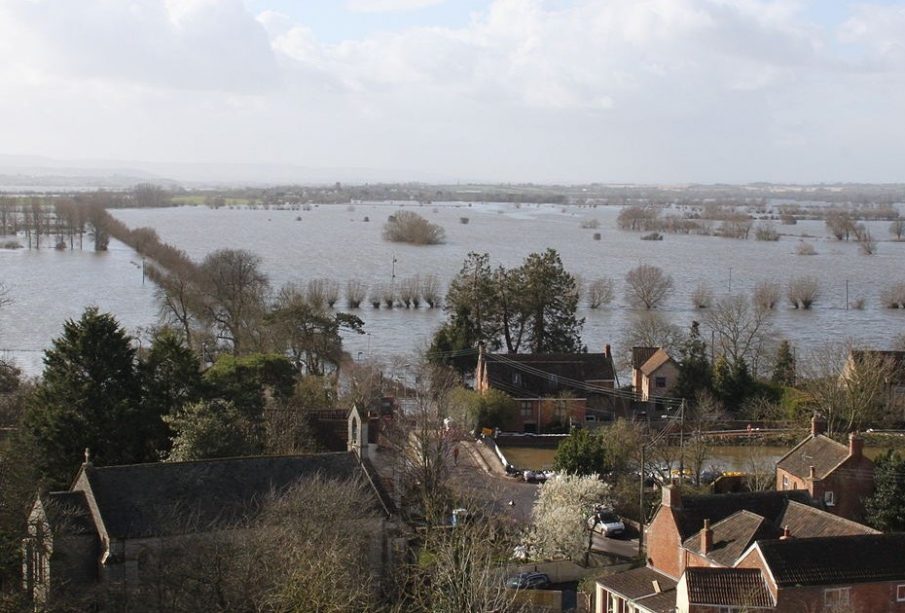Understanding the Somerset Floods: Challenges and Solutions

Introduction
The Somerset floods have been a recurrent issue for the region, significantly impacting both the local community and agriculture. This natural phenomenon not only devastates properties but also highlights the environmental complexities and urban planning challenges faced by the area. Given the increasing severity of climate-related disasters, understanding the implications of flooding in Somerset is crucial for local residents, policymakers, and environmental agencies.
Overview of Recent Flood Events
In recent months, Somerset has experienced significant flooding due to extended periods of heavy rainfall leading to saturated soil. According to the Environment Agency, rainfall during the December 2023 event was three times higher than average, which triggered severe waterlogging in multiple communities including Taunton and Bridgwater. Emergency services were prompt in their response, with rescue operations being launched in areas where road access was severely compromised.
Impacts on Local Communities and Agriculture
The recent floods have severely impacted local residents, disrupting everyday life and leaving homes and businesses under several feet of water. Thousands of residents were evacuated, and many faced devastating property losses. The agricultural sector has also been notably affected; crops have been submerged, and livestock has faced distress from the flooding conditions. Farmers in Somerset reported potential losses running into millions, threatening local food supply chains.
Government and Community Response
In response to the flooding, both the government and community organisations have mobilised resources to help those affected. The UK Government announced an emergency relief fund, providing grants to repair damages and support displaced families. Additionally, the Somerset County Council has initiated a series of community meetings to discuss long-term flood prevention strategies, focusing on improved drainage systems and enhanced flood warnings. Local volunteers have also played an integral role in recovery, assisting families with clean-up operations and logistical support.
Future Forecast and Mitigation Strategies
The outlook for Somerset regarding future flooding remains concerning, with climate change predictions suggesting an increase in rainfall intensity. Experts stress the importance of implementing sustainable practices, such as reforestation and wetland restoration, to improve the region’s resilience to floods. The need for comprehensive urban planning that incorporates green infrastructure is also a priority for local councils to mitigate future damage.
Conclusion
The Somerset floods are a stark reminder of the vulnerabilities faced by communities due to climate change and extreme weather patterns. As the region braces itself for future flood events, the importance of proactive measures, community resilience, and environmental stewardship cannot be overstated. By addressing both the immediate impacts and future threats, Somerset can work towards a more sustainable and secure future for all its residents.





